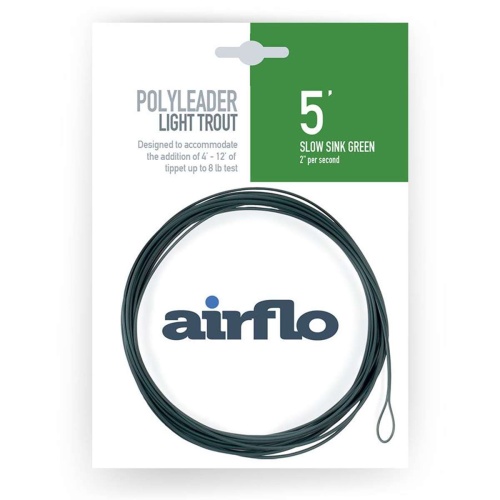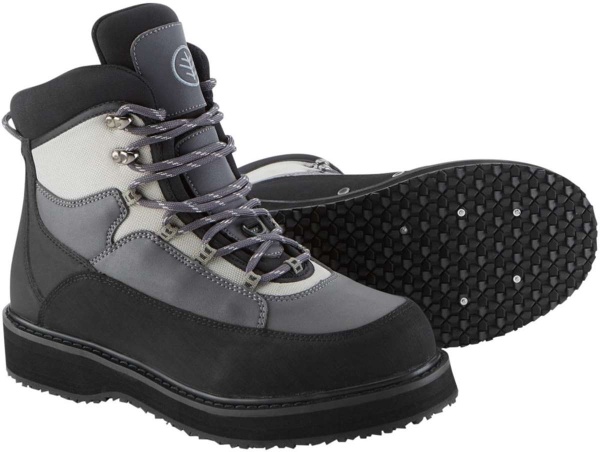8 Terrific Tips To Sensational Success
14 April 2022
Dry Fly Fishing Tips
|
|
|
| |
|
|
|
| |
|
|
|
|
| |
|
|
|
| |
|
|
|
| |
|
|
|
| |
|
|
|
| |
|
|
| |
|
|
|








































